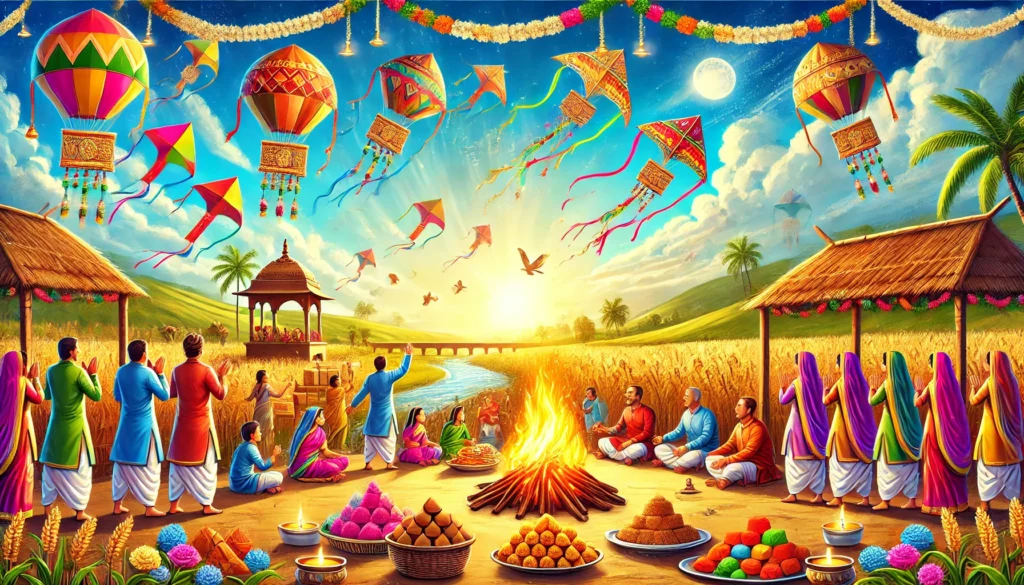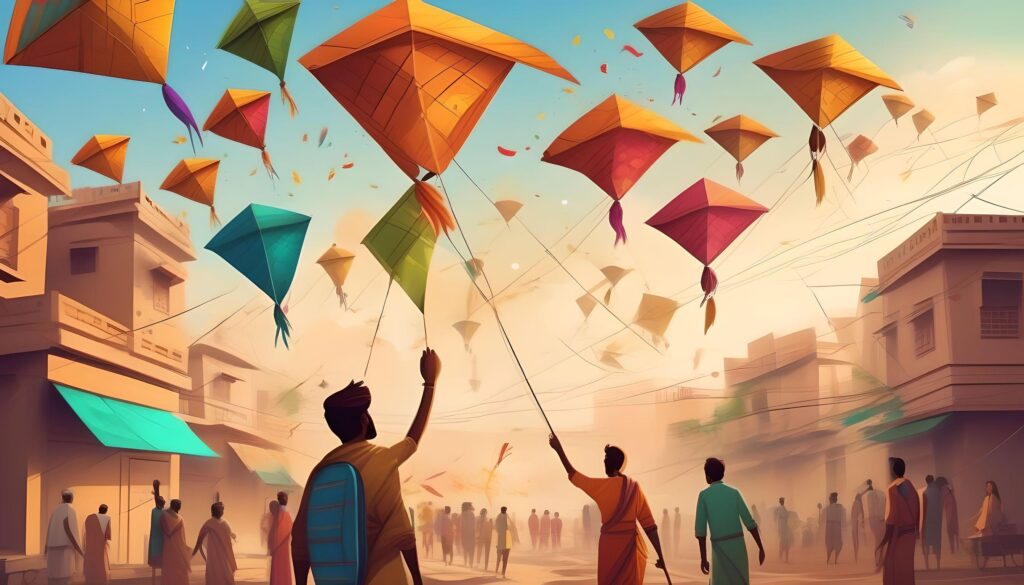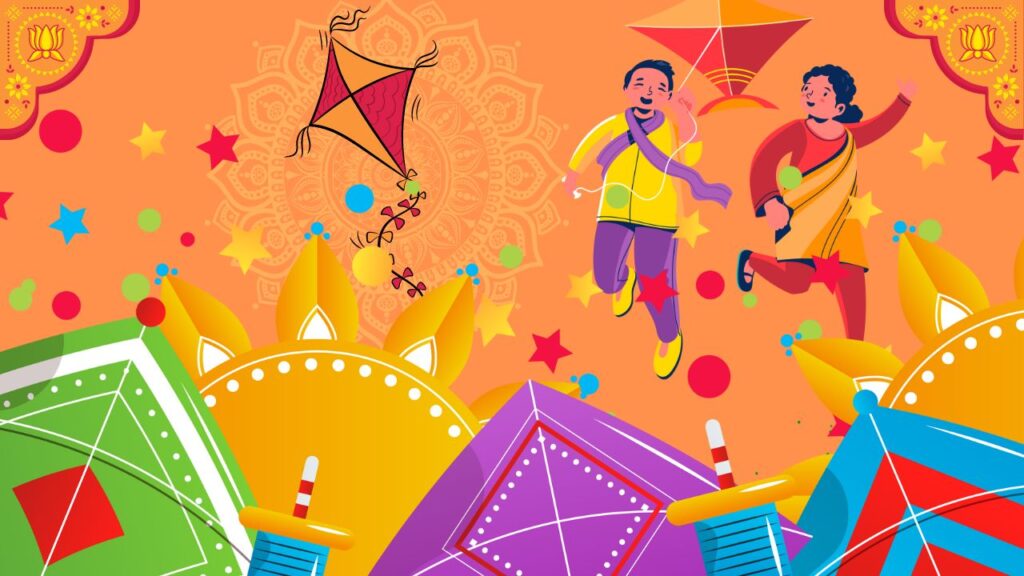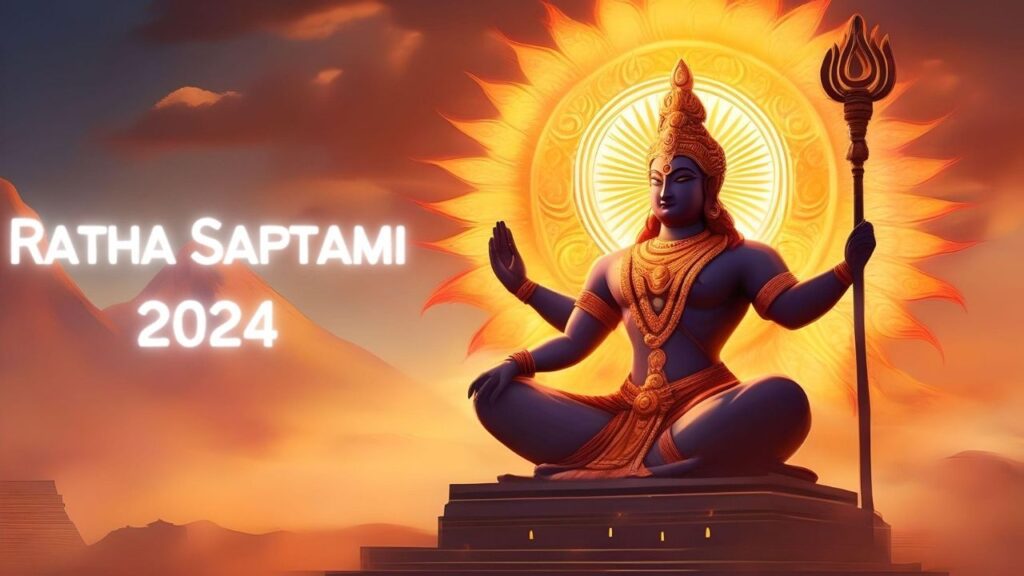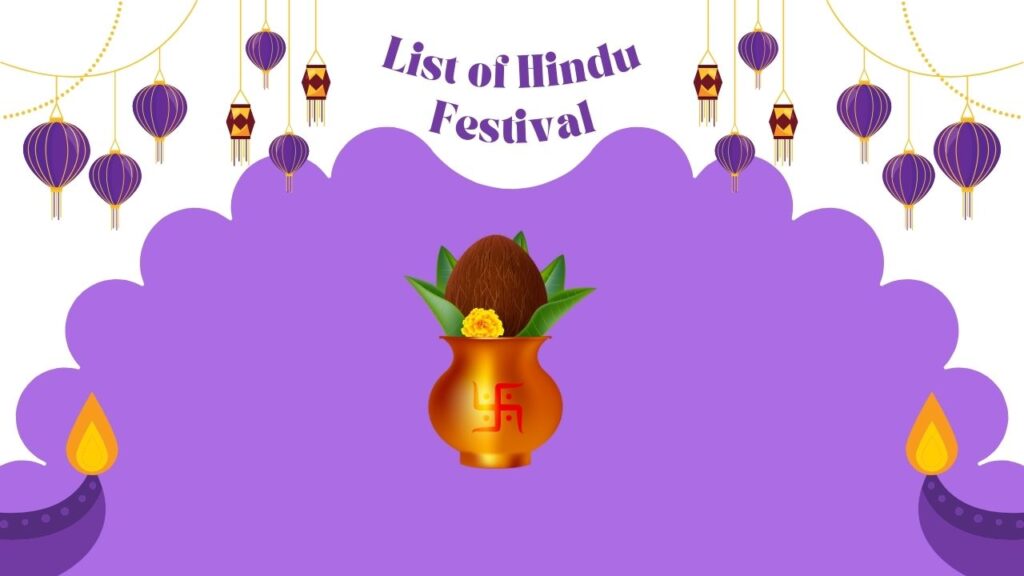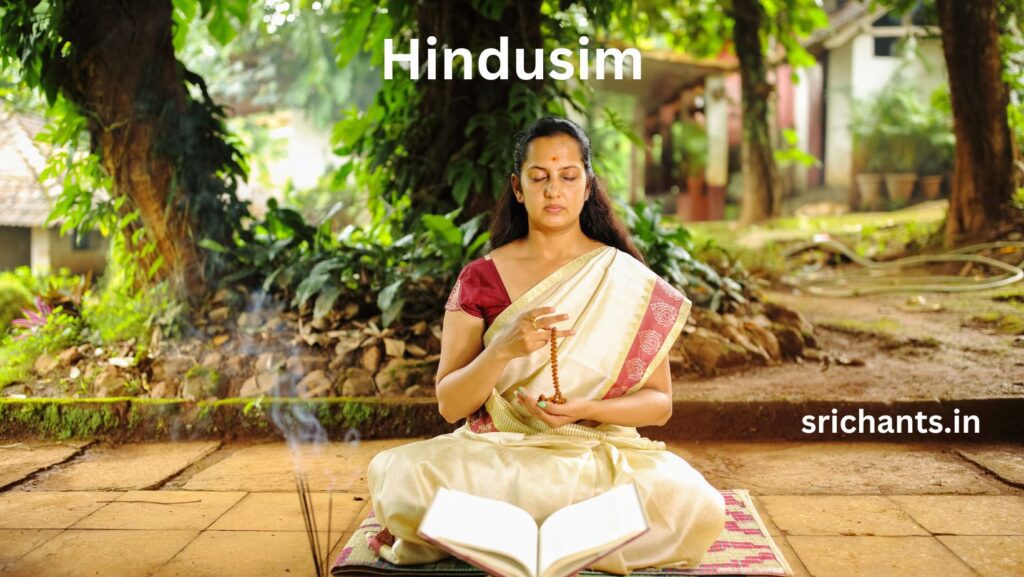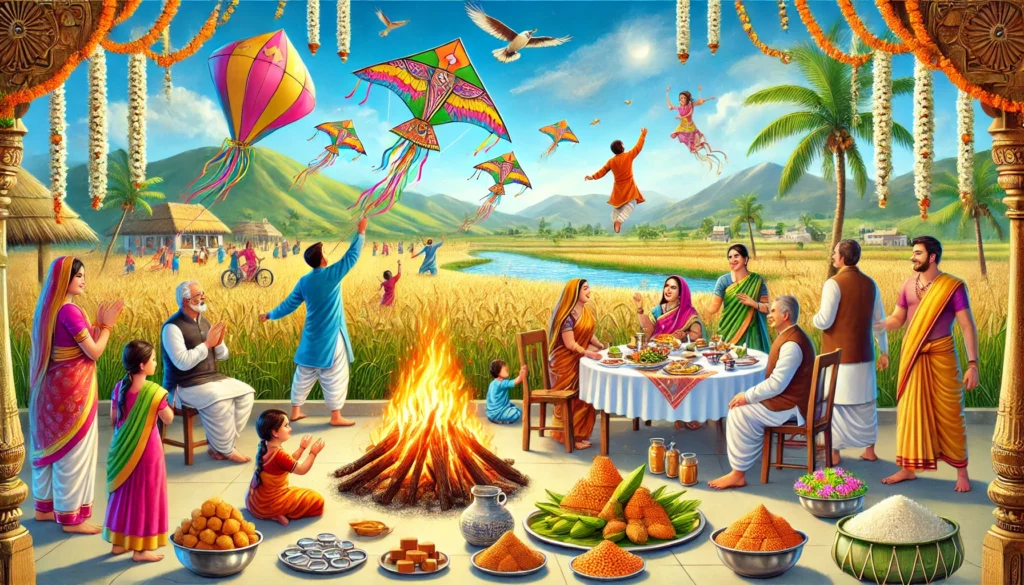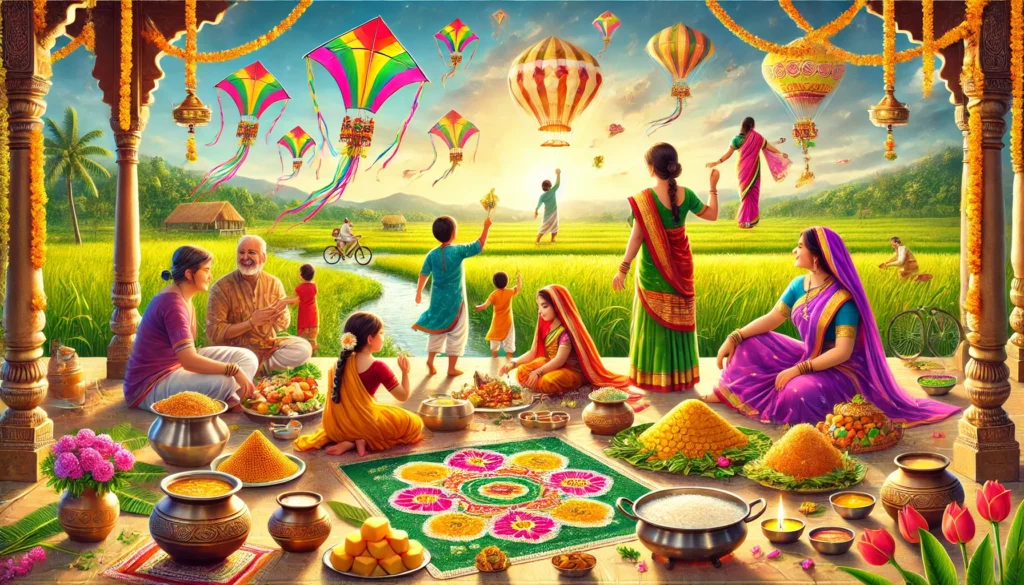Makar Sankranti 2025: Honouring Harvest and Fresh Start
Introduction
Among India’s most loved holidays is Makar Sankranti. Celebrated yearly, it symbolizes the sun’s change into the zodiac sign of Capricorn, sometimes called as “Makara,” in Sanskrit. This celestial occurrence marks the end of winter and the beginning of longer, hotter days. Makar Sankranti falls Tuesday, January 14th, 2025.
Makar Sankranti’s Significance
Deeply culturally and spiritually significant is Makar Sankranti. It represents Uttarayana, the northward trip of the sun. Hindu tradition holds this time to be quite lucky. The celebration also marks the harvest season, so affording happiness and wealth to farmers all around. Communities come together at this time to celebrate plenty and express gratitude for the earth’s riches.
Indian Cultural Celebrations
Celebrated with several customs across many states, Makar Sankranti is
- Punjab : Celebrated as Lohri, the festivities feature bonfires, traditional dances like Bhangra, and the distribution of sweets made from sesame seeds and jaggery.
- Tamil Nadu : Celebrated as Pongal, Tamil Nadu is a four-day event whereby the first rice harvest is prepared and presented to the Sun God.
- Assam : Called Magh Bihu, celebrations include communal feasts, customary sports, and the building of makeshift homes known as “Meji,” which are subsequently burned as part of the ceremonies.
- Gujarat : Renowned for the International Kite Festival, the vivid kites filling the heavens represent the attitude of freedom and delight.
- Maharashtra : People trade sweets including tilgul (sesame and jaggery laddoos) with the phrase “Tilgul ghya, god god bola,” meaning “Accept this sweet and speak sweet words.”
Classic Recipes
The celebration is linked with a range of traditional delicacies and cuisine:
- Tilgul Laddoo : Made with sesame seeds and jaggery, Tilgul Laddoo is not only mouthwatering but also warms the cold.
- Pongal: Cooked with jaggery, ghee, and dry fruits, Pongal is a sweet rice meal a mainstay during Tamil Nadu’s Pongal celebrations.
- Paatishaapta : A Bengali treat, paatisha are thin crepes stuffed with coconut and jaggery.
- Ellu Bella : Shared among friends and family in Karnataka, a concoction of sesame seeds, jaggery, coconut, and peanuts marks the sweetness of connections.
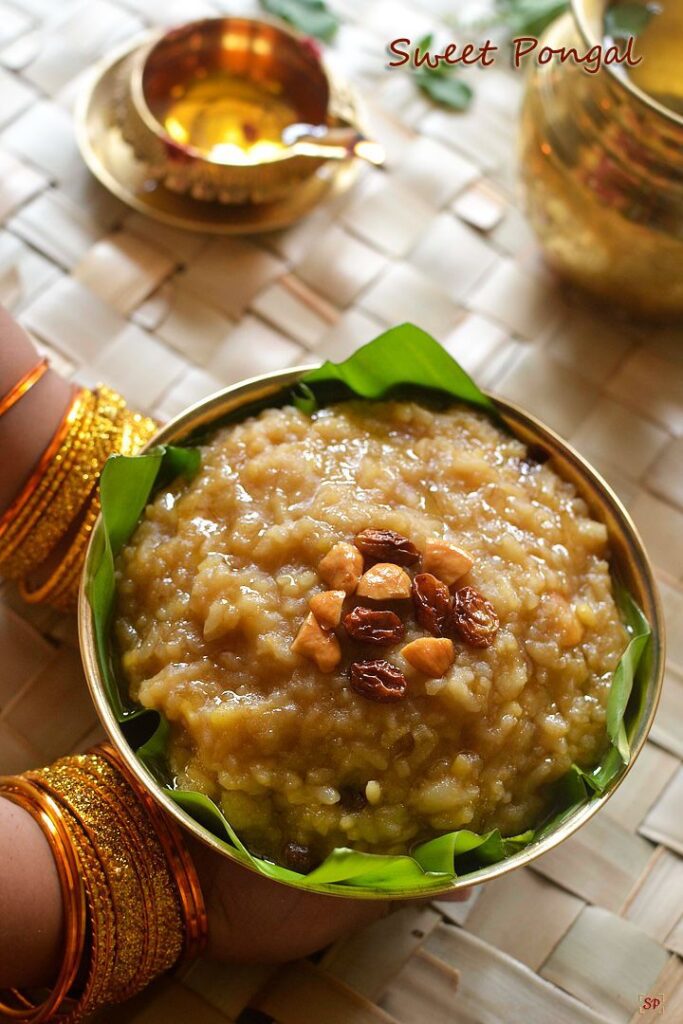
Customs and Rituals
Makar Sankranti witnesses several rites:
- Holy Dips :Devotees believe that ceremonial bathing in holy rivers including the Ganges, Yamuna, and Godavari cleans the soul and atones for sins.
- Surya Puja : Worship of the Sun God, Surya Puja, is carried out in search of blessings for health and wealth.
- Kite Flying : Particularly common in Gujarat and Rajasthan, kite flying is a major pastime transforming the sky into a colorful painting.
- Bonfires : Around Lohri, when people gather to celebrate the harvest by singing and dancing, Punjab hosts massive bonfires.
Astral Significance
Based on the solar calendar, Makar Sankranti is unique and occurs annually on the same date—usually January 14th. This consistency runs against other Hindu celebrations based on the lunar calendar, which hence have varied dates. The ceremony marks the coming of the sun into Capricorn, therefore beginning the six-month auspicious cycle of Uttarayana.
Environmental and Health Concerns
Packed in sesame and jaggery, the classic foods consumed during Makar Sankranti are supposed to be energizing and ideal for winter. Although jaggery helps digestion and generates warmth, sesame seeds are an excellent source of minerals and beneficial lipids. Flying a kite also motivates outdoor activities, therefore fostering socializing and physical fitness.

Conclusion
More than merely a celebration, Makar Sankranti honors life, the environment, and the ageless customs tying people together. Let’s welcome the attitude of thanks, happiness, and unity this celebration of Makar Sankranti on January 14, 2025 reflects. May the sun’s warmth bring to all happiness and wealth.
Frequently asked questions (FAQs)
- What relevance does Makar Sankranti have? The sun moves into the zodiac sign of Capricorn (Makara) at Makar Sankranti. This occasion marks the end of winter and the start of more protracted, mild days. Celebrating the profusion of harvests and showing thanks to the earth, it is also a harvest celebration.
- Why does January 14th each year mark Makar Sankranti? Makar Sankranti is based on the solar calendar unlike some Hindu celebrations based on the lunar calendar. This alignment marks the sun’s arrival into Capricorn by having it fall on the same date every year—usually January 14th.
- How unlike other Indian harvest celebrations is Makar Sankranti? Though other Indian celebrations honor the harvest, Makar Sankranti is special because of its pan-Indian observance and foundation on
#pongal #makarsankranti #makar #sankranti
Buy My Spiritual books – Click Here
